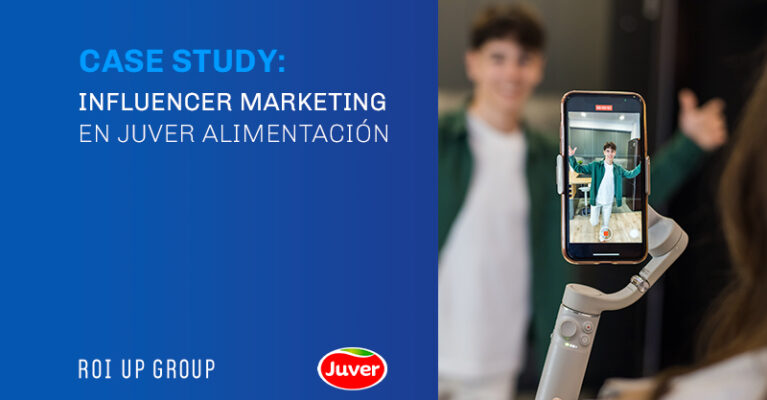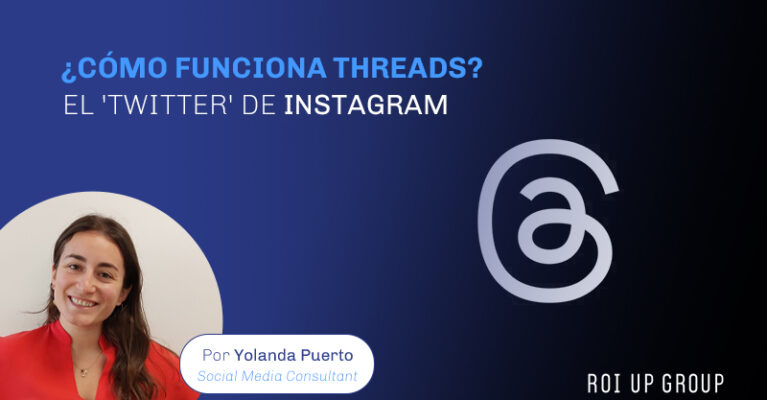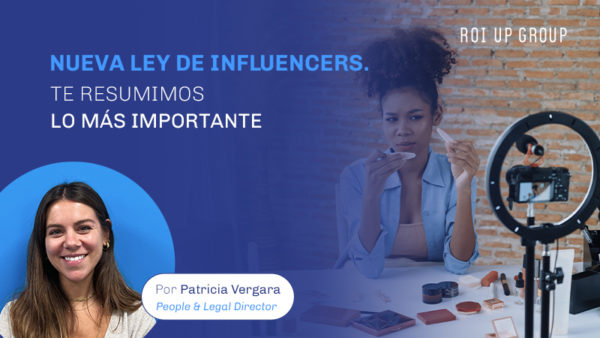
Last May, Royal Decree 444/2024 was approved , regulating the requirements for the purpose of being considered a user of special relevance of video sharing services through a platform, better known as the “Influencers Law”.
This law is nothing more than a continuation of the last General Law on Audiovisual Communication, which came into force two years ago, and which sought to equalize all the “players” in the audiovisual market, from the most traditional ones, such as radio or TV, to the new players that were strongly interrupting the media: influencers.
However, when this law came to light, a pending issue remained to be resolved: who could be considered an influencer?
Two years later, the legislator has made a pronouncement on the matter and has established the thresholds that will define “users of special relevance who use video sharing services through platforms”, or in other words, those influencers to whom the Audiovisual Communication Law does apply.
Covert advertising? No, thank you
Before differentiating which types of influencers are affected by the new Law, it is worth clarifying that, regardless of the type of creator we are addressing, he/she is obliged to identify as advertising content any communication to promote a good or service that has been paid for by the entrepreneur or professional for its promotion.
Otherwise, it would be considered an unfair form of misleading advertising.
Requirements to be considered an “Influencer” according to the General Law of Audiovisual Communication.
The legislator who developed this new regulation has drawn the line between the different types of influencers based on purely quantitative aspects: turnover and audience.
Thus, “users of special relevance” (influencers) will be understood as those who simultaneously meet these requirements:
- I) Obtain gross annual income equal to or greater than 300,000 euros. For these purposes, income derived exclusively from the activity as “influencers” will be taken into account, although remuneration in cash or in kind will also be taken into consideration, as well as income from platforms, clients or their own audience (such as subscriptions or contributions).
- II) Be editorially responsible for its content.
III) During the previous year, they have reached 1,000,000 followers on a single platform or 2,000,000 followers on all their platforms.
- IV) Publish at least 24 videos per year.
- V) The purpose of the content made available on the platforms is to inform, entertain or educate and the main purpose of the service is the distribution of audiovisual content.
- VI) The content is offered through electronic communications networks and is established in Spain.
All those who meet these requirements must comply with the obligations of the General Law on Audiovisual Communication and register in the State Registry of Audiovisual Communication Service Providers. Notice to navigators: if you are an influencer and meet these requirements, you have just under a month to complete the registration, since the regulation only had two months from its publication (May) to complete this process.
Protection of minors
The main purpose of this regulation is none other than to protect the most vulnerable consumers, in this case, minors.
To this end, it establishes that the influencer must make available to minor users sufficient and unequivocal information about the potentially harmful nature that the content may have for their physical or moral development. Likewise, the following measures must be implemented:
- Separate those contents that incorporate pornographic scenes or gratuitous violence.
- Provide parental control mechanisms or digital encryption.
- It will form part of the Code of Correction for content rating.
- Avoid inciting minors to purchase or lease products or services by taking advantage of their inexperience or disbelief, or encouraging them to persuade their parents or third parties to purchase advertising products or services from them.
Similarly, the Law echoes the problem of the influence of social networks on the physical appearance and mental health of young people. As a measure to try to alleviate this reality, it prohibits these Influencers from directing messages to minors that promote the cult of the body and the rejection of self-image, for example, through commercial communications of slimming products, surgical interventions or aesthetic treatments, which appeal to social rejection by the physical condition, or success due to weight or aesthetic factors.
Limits to Influencer Advertising
Influncers affected by this regulation must apply the prohibitions already used by other media, such as the prohibition to advertise tobacco, including electronic cigarettes, their refill containers and herbal products for smoking. Likewise, the hourly limitation applies to the promotion of certain products or services such as games of chance (except lottery) or esotericism and para-sciences.
Similarly, with respect to alcoholic beverages, this niche of influencers should adhere to the “traditional” rules of the game, and therefore, should refrain from using the following messages:
- a) Specifically targeting minors, or presenting minors consuming such beverages.
- b) Associating consumption with improved physical performance or driving.
- c) Giving the impression that its consumption contributes to social or sexual success, or associating it with ideas or behaviors that express personal, family, social, sports or professional success.
- d) Suggesting that alcoholic beverages have therapeutic properties, or a stimulating or sedative effect, or that they constitute a means to resolve conflicts, or that they have health benefits.
- e) Encouraging immoderate consumption or offering a negative image of abstinence or sobriety.
- f) To emphasize as a positive quality of the beverages their alcoholic content.
In addition, with respect to alcoholic beverages, it must include the message “moderate and low-risk consumption” and adapt its publication to the schedules established according to the type of alcohol content.
On the other hand, the law expressly prohibits the promotion of medicines and medical devices that do not comply with the limits set forth in the regulations governing advertising and health-related activities, and in particular, RD 1907/1906 ( cancer cure, specific slimming or anti-obesity properties, etc.).
In addition, the law emphasizes the obligation for these users to respect basic principles such as respect for human dignity, gender equality and the image of women and children.
However, the truth is that the wording of the regulation with respect to the above is quite abstract, and therefore, to date, we cannot delimit which actions could violate such principles.
Who are outside the scope of the General Law on Audiovisual Communication?
The Law expressly excludes the following:
a) Educational or scientific centers when their activity is part of their mission or is of an informative nature.
b) Museums, theaters or any other cultural entity to present their programming or activities.
c) Public administrations or political parties for purposes of information and presentation of the functions they perform.
d) Companies and self-employed persons for the purpose of promoting the goods and services produced or distributed by them.
e) NGOs for the purpose of self-promotion and presentation of their activities in accordance with their purpose.
In addition, it implicitly leaves out of the regulation a large percentage of Influencers who, despite their great impact, are “free” from this regulation because they do not reach the thresholds set.
This has generated much debate about the appropriateness of this regulation. Is the volume of influencers affected by this rule representative of the total number of influencers? Should it be segmented by type of channel or audience?
In our opinion, we cannot ignore the fact that an influencer with an audience of 400,000 followers can have a significant impact on consumers, especially those who are more susceptible to influence, such as minors.
However, we understand that, despite the criticisms, this regulation is still a starting point, which will have to be adapted to a constantly changing and evolving environment.
What do you face in the event of non-compliance?
Failure to comply with the obligations set forth in the General Law on Audiovisual Communication may be classified as a serious or minor infringement, depending on the circumstances surrounding each case (who is affected, financial gain, etc.).
However, the legislator has wanted to send out a message of responsibility and severity in the face of infringements and has established particularly significant penalties, ranging from 10,000 € to 1,500,000 €.
In case of infringement, the Influencer shall be liable, although the providers in which they broadcast shall cease broadcasting at the first request of the audiovisual authority.
List of publications Digital Marketing Strategy




